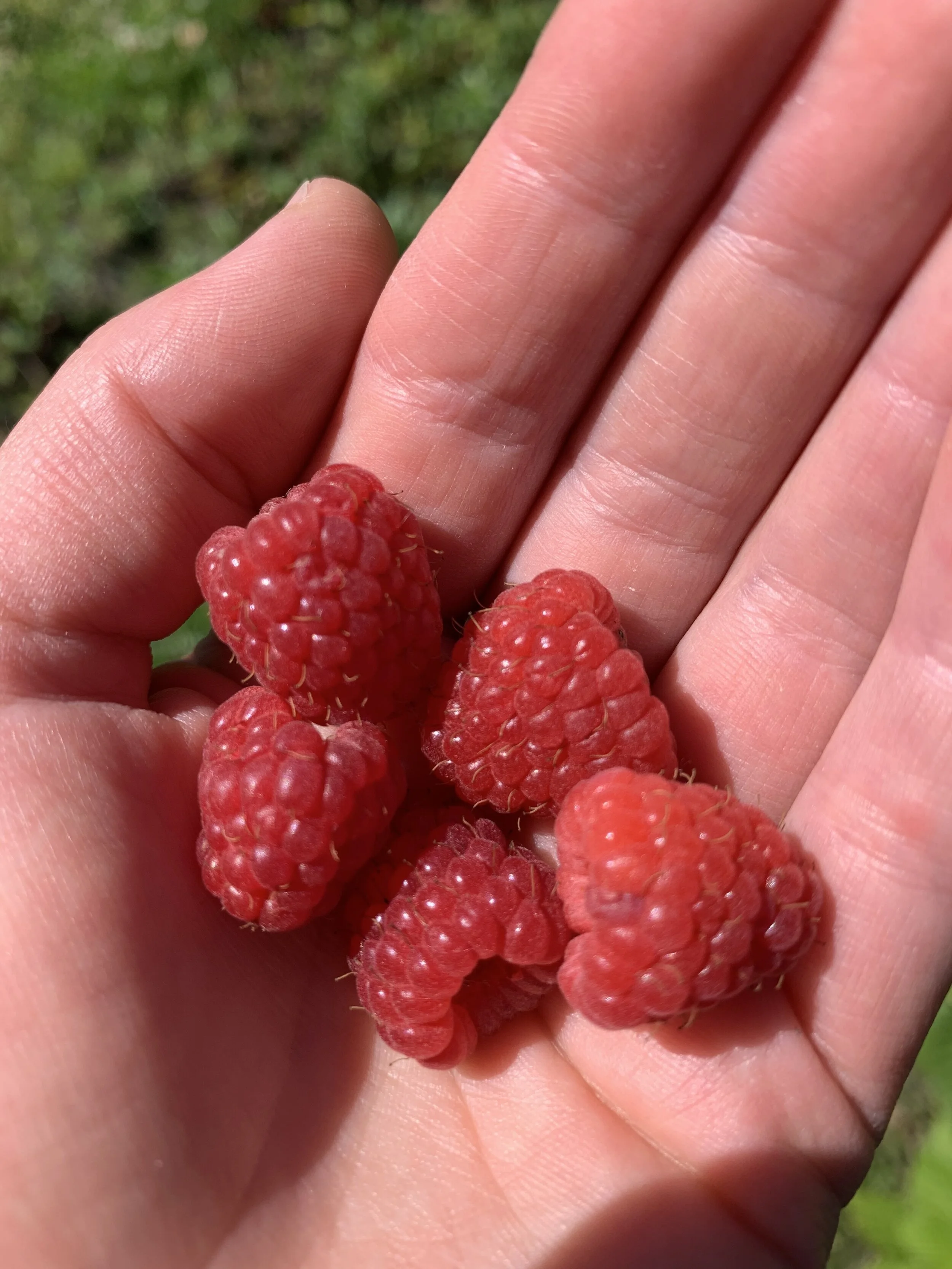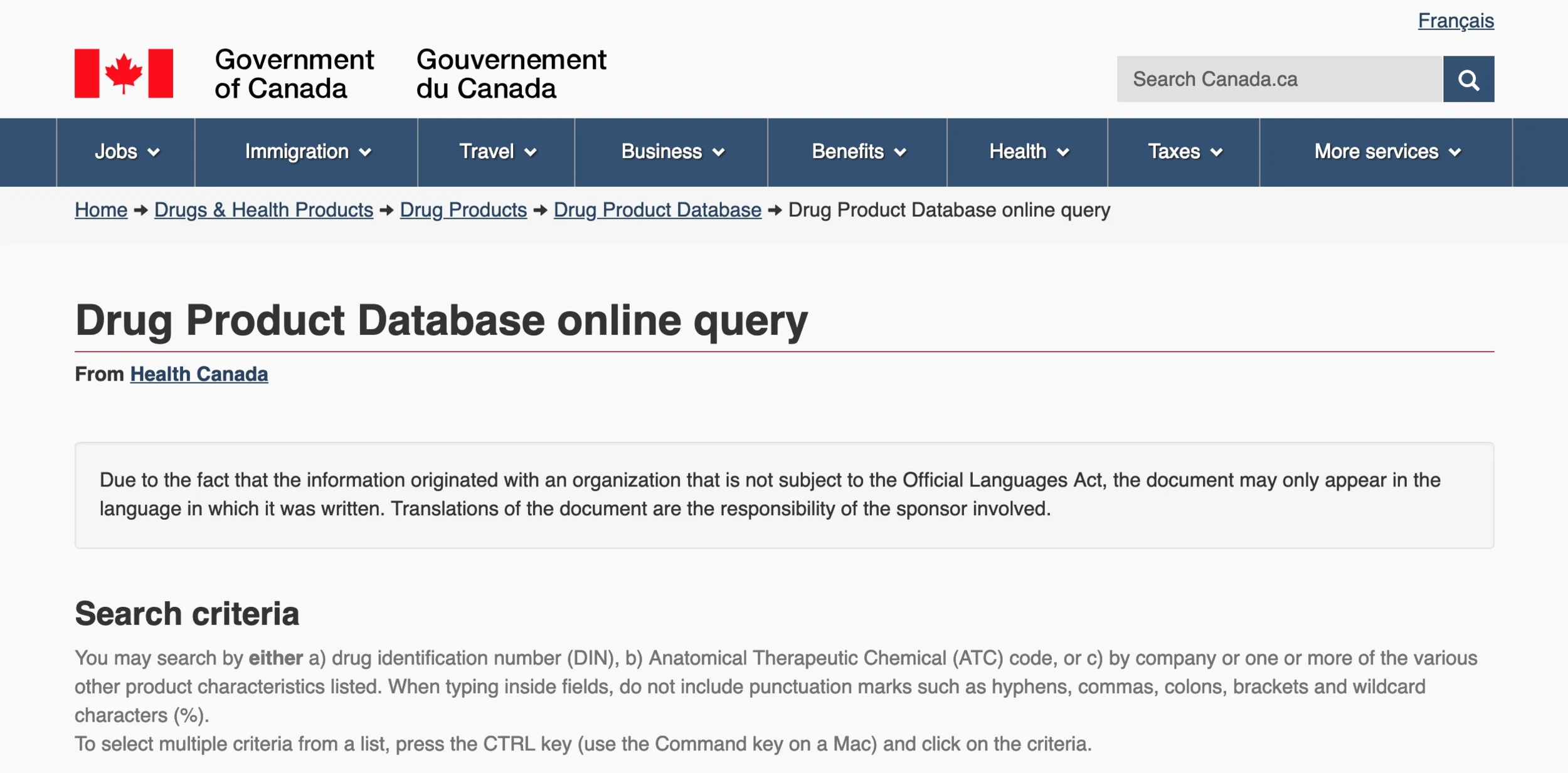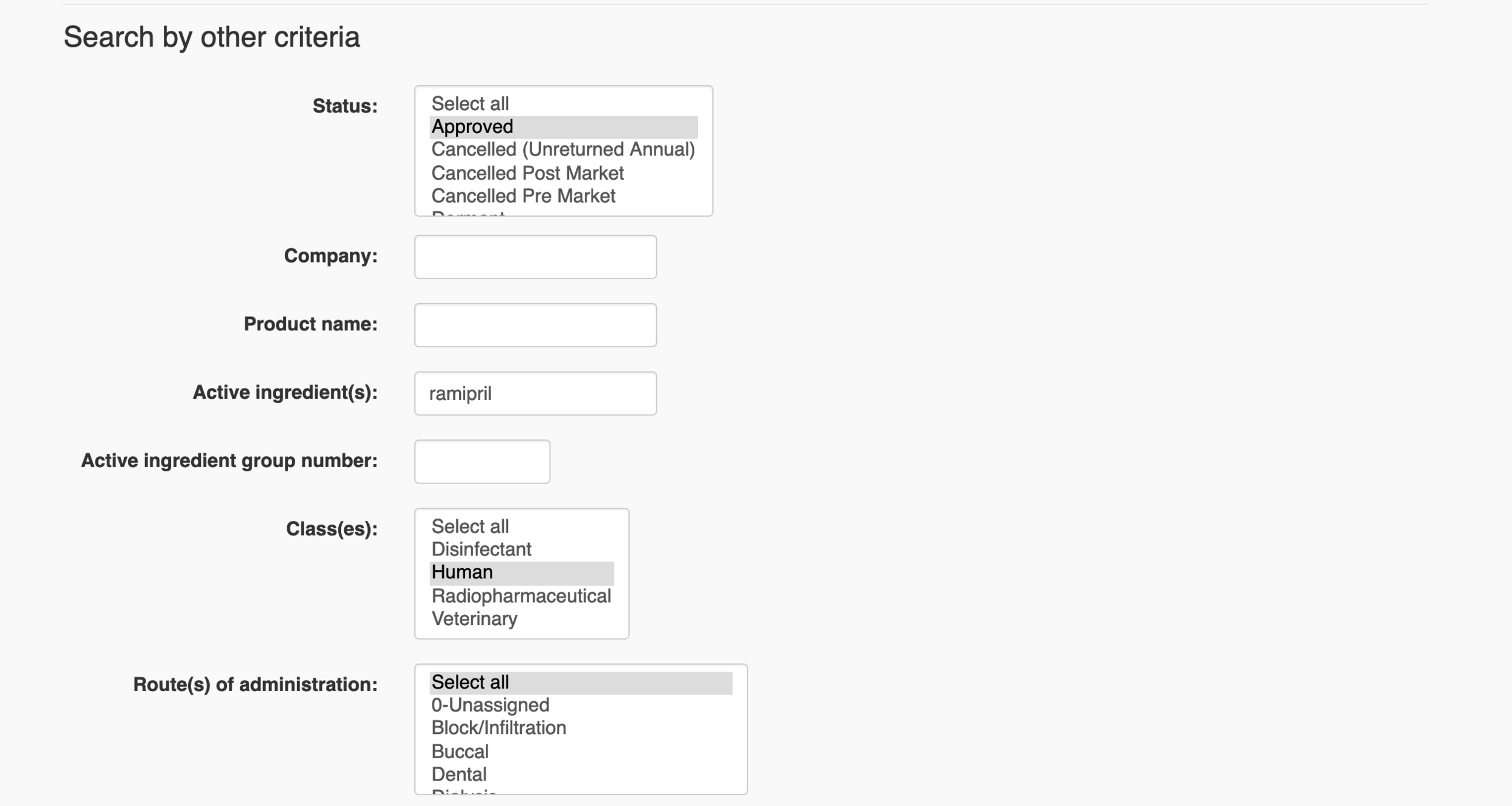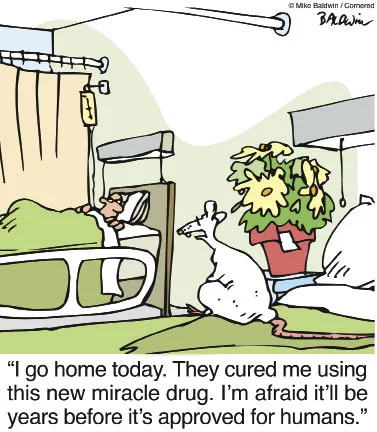To be told you have type II diabetes is to be told you have a new life sentence with the medical system. Practitioners are taught, and patients are told that it is a chronic, progressive condition. In other words: it only gets worse from here.
And for many many years, this trend has been the reality. A patient gets a diagnosis for diabetes and is asked to try lifestyle changes. When that fails they are put on oral blood sugar lowering medications. As time goes on, more and more oral medications are added until the patient is finally given insulin via subcutaneous injection. Approximately 50% of those with type II diabetes need insulin within 10 years of diagnosis. (18).
The medication centric approach to diabetes is both costly and ineffective. Diabetes Canada reports that diabetes treatments in Canada in 2019 came in just shy of $30 billion dollars, up from $14 billion in 2008 (19).
What’s more, it is getting worse: It is predicted that by 2030, 439 Million adults will have diabetes (20).
But it’s not all doom and gloom for those living with Diabetes, at least not for much longer. 100 years after the discovery of insulin, we have another breakthrough to report, one which promises to radically shift the way we view diabetes:
Remission: A new frontier
Diabetes Remission is technically not new, but with our standard approach it is incredibly uncommon. Kaiser Permanente reports that the remission rate in the usual care model of diabetes is 0.23% (18).
With a success rate like that it’s no wonder no-one brings it up as an option! But in just the last few years, a critical mass seems to have been reached, where talk of lifestyle interventions has become trendy, and patients, seeing that the status quo is not working, are taking to the internet to find alternatives.
That’s what prompted Sean McKelvey, rockstar Canadian Pharmacist to create the Institute for Personalized Therapeutic Nutrition (IPTN), and why the folks at the IPTN work tirelessly to educate practitioners and the public about this new possibility of diabetes remission through therapeutic nutrition.
What is Remission?
Diabetes remission does not have a standard definition, but generally the goal is to get a patient’s hemoglobin A1C, a marker of glucose control to below 6.5% for a period of time in the setting of no glucose lowering medications (metformin is often kept on board due to its myriad other benefits)(18).
Normal blood sugar and insulin levels!? Without medication!? When I first heard that I nearly fell out of my chair.
How do we achieve remission?
As it stands three methods have the most evidence available on achievement of remission: bariatric surgery, low calorie diets and low carb diets. As a pharmacist interested in helping patients achieve their greatest vitality, bariatric surgery does not concern me. I’m all about those therapeutic nutrition interventions though! Let’s talk about them:
Low calorie diets
There are a variety of diets out there that restrict calories for weight loss. In the setting of type II diabetes remission research, generally the diets restrict calories to somewhere below 1200 calories per day using a mix of prepackaged foods and the patient’s own food (18).
There have been many short term studies using low calorie diets in the setting of type II diabetes, but the DIRECT trial was special in that it looked directly at achieving remission (A1C<6.5% with no diabetes medications for 2 months), and it was a long term study (18).
In this study, patients were placed on a low calorie total dietary replacement diet for 3-5 months and then slowly reintroduced to normal food thereafter. At 1 year follow up the results were impressive with a whopping 46% of the intervention group achieving remission compared to 4% of the control group. At two years the percentage still in remission was 36% with the study ongoing to test for longer term results (18).
As a pharmacist who dispenses so-called blockbuster drugs all day I can tell you that success rates like this are RARE.
Low Carbohydrate and Ketogenic Diets
Low carbohydrate diets which generally restrict carbohydrates below 130g/day have shown some beneficial effects on metabolic health, but the real magic lies in the ketogenic diet. In a ketogenic diet, carbohydrates are restricted to achieve a state of ketosis with carbohydrates going as low as 20-30g per day (18).
As with low calorie, there have been many short term, small studies showing benefit in the space of type II diabetes. The Virta Health Trial stands out for itss large size and long term follow up. Additionally, as opposed to the strict inclusion criteria of many other trials, this one included patients with long standing diabetes and those taking insulin, thus it represents a more real world scenario (18).
Virta Health is a company based out of the United States delivering individualized ketogenic diets to patients via a remote care platform. They are in year 3 of their 5 year study. Patients on this program are provided with equipment for remote tracking of biomarkers, access to an online community, a health coach and physician/nurse practitioner support via telehealth. As compared to the DIRECT trial where the diet was pre-packaged, Virta’s patients choose a diet that works specifically for them with the help of their health coach (18).
Results from one year show that 60% of those who completed the diet achieved an A1C below 6.5% in the setting of no glucose lowering medications except metformin, with insulin removed in 94% of the intervention group. The two year results, similar to those in the DIRECT trial, show a lower, but still impressive 54% achieving an A1C below 6.5% with either no glucose medications or with metformin still on board (18).
This intervention was shown to be so successful compared to standard care, that after 2 years it was deemed unethical to continue studying the usual care arm. As such, those people were offered entry into the Virta world.
There is another exciting study that should be published soon that utilized community pharmacists to provide ketogenic diets to patients in British Columbia with Type II diabetes. The results are unpublished so I cannot speak to them now, but trust me when I tell you they are exciting!
Honourable mentions:
There are many other dietary approaches that are dynamite as a therapeutic nutrition tool, but for which there is currently inadequate data on diabetes remission. Examples are plant based diets, intermittent fasting and mediterranean diets. A full review of their wide reaching health benefits is beyond the scope of this article, but they are all useful in their own way. Hopefully with time we will see data come out which sheds more light on their use towards diabetes remission.
How do I start!?
After reading this article you’re likely wondering what to do to get started. If remission is a possibility, let’s do this now!
Please please please, WHATEVER YOU DO, talk to your health professional first. What was not covered ad nauseum in this article is the path from multiple medications to no medications. Low calorie and low carbohydrate diets are very effective and they are effective quickly. If you are starting out on a variety of medications, many will need to be removed to prevent adverse events, some even on the first day of the diet. Additionally, as with all effective treatments, there are contraindications to the use of these diets. It is important to talk to a healthcare professional first, before taking on any new diet.
——
As always, references can be found here, or by clicking on the number in the text.
——
Enjoy this article?
Subscribe to my email list and get content straight to your inbox.
You can also follow me on facebook and instagram @kalliofunctionalpharmacy and on twitter @kalliopharm

































